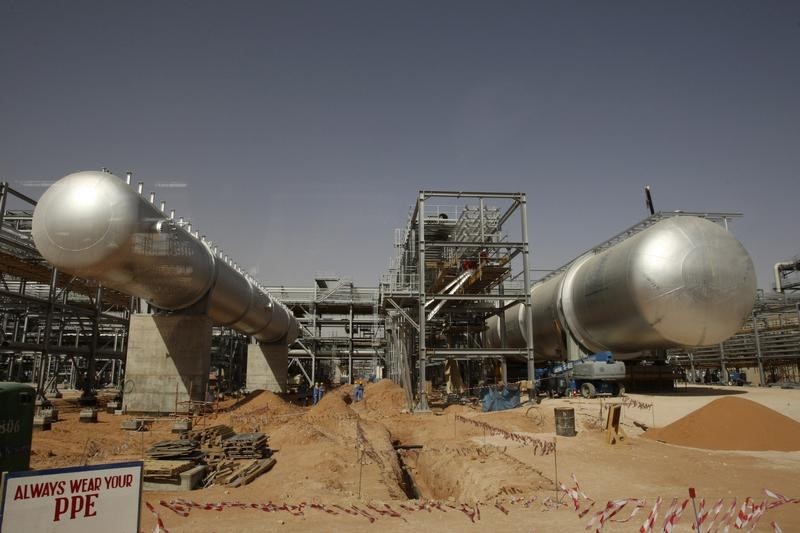Intel stock extends gains after report of possible U.S. government stake
By Peter Nurse
Investing.com -- Crude oil prices fell further Friday, adding to the week’s hefty losses on concerns that rising Covid-19 cases will stunt demand growth for the second half of the year.
By 9:35 AM ET (1335 GMT), U.S. crude futures were down 1.4% at $62.63 a barrel, while Brent futures were down 1.3% at $65.56 a barrel. Both contracts are at their lowest levels since May and are heading for weekly losses of well over 7%.
U.S. Gasoline RBOB Futures were down 1.6% at $2.0480 a gallon.
The spread of the delta variant of the Covid-19 virus globally continues to cloud the outlook for economic growth, and thus demand for oil.
Japan has extended its emergency lockdown, as have Australia and New Zealand, while cases are also on the rise in countries such as South Korea, Malaysia, Philippines, Vietnam and Thailand, as well as China, crucially.
Those countries tend to have relatively low vaccination levels, but cases are also on the rise in the United States, prompting the country’s authorities to extend earlier Friday the closure of its land borders with Canada and Mexico to non-essential travel such as tourism through Sept. 21.
Goldman Sachs (NYSE:GS) cut its forecast for U.S. economic growth for 2021 earlier this week, now seeing GDP rising 6% this year, down from 6.4%, citing a bigger-than-anticipated impact from the delta variant.
The approaching end of the U.S. peak gasoline demand season, suggested by Wednesday’s surprise 696,000-barrel build in gasoline supplies, and the end of summer holidays in Europe and the United States are also set to weaken oil demand.
Of interest later Friday will be the release of the rig count from Baker Hughes amid signs that the U.S. shale industry is increasing output, while data from the Commodity Futures Trading Commission on net positioning by hedge funds and money managers will also be studied for their views on the future direction of the market.
That said, the next important event for the oil market will be the meeting of the Organisation of Petroleum Exporting Countries and their allies, a group known as OPEC+.
“The group is set to meet on 1 September, and whilst their output policy is set until the end of the year, there is always the potential for a change if they feel that this is necessary,” said analysts at ING, in a note. “As things stand, it is unlikely we see a change.”
